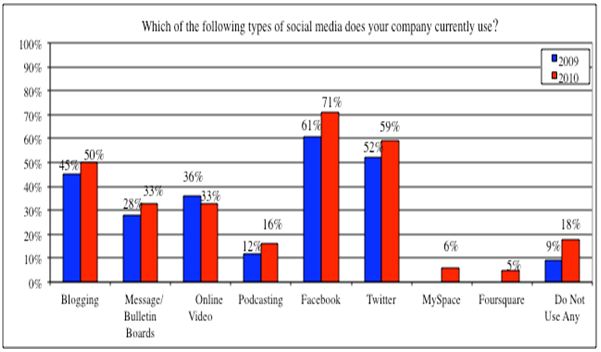Recently I told you of the One Quarter Of American Consumers (who) Are Brand Loyal. That indeed is a very telling statistic which came from a survey conducted by Ernst & Young. Today comes the results of another survey, this one done jointly by Acxiom and Loyalty360, which sheds some light on why so few consumers are brand loyal. And it all comes to down one word.
com·pla·cen·cy – a feeling of quiet pleasure or security, often while unaware of some potential danger
I give you exhibit A:
That’s right boys and girls, 60% of all the respondents – who were comprised of executives in both B2B and B2C companies from a cross section of industries, dedicate less than 20% of their marketing budget to customer retention.
See where I’m going here with the whole “complacency” thing?




 Few people understand the constant pressure that the corporate social strategist is faced with. On any given day, the pressure can include internal challenges such as culture change, demands on proving the worth of programs, program development and execution, vague understanding of the role by some colleagues, the necessity of integrating the function throughout the enterprise, as well as external demands such as interview requests and a constant barrage of questions via email, Facebook and Twitter.
Few people understand the constant pressure that the corporate social strategist is faced with. On any given day, the pressure can include internal challenges such as culture change, demands on proving the worth of programs, program development and execution, vague understanding of the role by some colleagues, the necessity of integrating the function throughout the enterprise, as well as external demands such as interview requests and a constant barrage of questions via email, Facebook and Twitter.